Search
Search Results
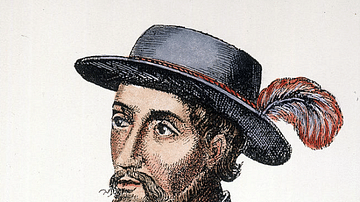
Definition
Juan Ponce de León
Juan Ponce de León (1474-1521) was a Spanish conquistador who led expeditions from Puerto Rico to the coast of Florida, giving the region its current name. He also served as the first governor of Puerto Rico and discovered the Gulf Stream...

Definition
Wupatki
Wupatki or Wupatki National Monument is an Ancestral Puebloan site that contains over 800 ancient ruins. It is situated in the north-central region of the US state of Arizona and is approximately 50 km (31 miles) northeast of the present-day...

Definition
Bantu Migration
The Bantu migration from their origins in southern West Africa saw a gradual population movement sweep through the central, eastern, and southern parts of the continent starting in the mid-2nd millennium BCE and finally ending before 1500...
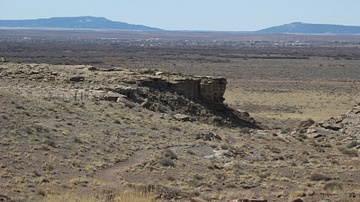
Definition
Homolovi
Homolovi or Homolovi State Park (formerly: Homolovi Ruins State Park) is a cluster of archaeological sites that contains the ruins of eight pre-Columbian Ancestral Puebloan (Anasazi) and Hopi pueblos in addition to some 300 other remains...
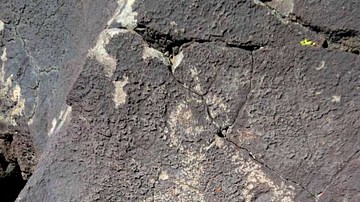
Article
Why Kokopelli is Not Kokopelli: Paiyatamu & The Four Flutes
The iconic image of Kokopelli, the flute-playing kachina spirit of the Pueblo peoples, specifically the Hopi, is easily the most recognizable figure from Native American culture in the Southwest United States but, according to traditional...
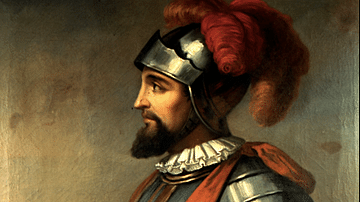
Definition
Vasco Núñez de Balboa
Vasco Núñez de Balboa (1475-1519) was a Spanish conquistador who famously discovered the Pacific Ocean after crossing the isthmus of Panama in 1513. An utterly ruthless adventurer and colonizer, Balboa was as much a danger to his fellow conquistadors...

Definition
Ancient Jordan
Jordan is a country in the Near East bordered by Israel, Syria, Iraq, and Saudi Arabia. The country's name comes from the Arabic Al Urdun, referencing a fortified site but also meaning "prominence", though various sources also claim the name...
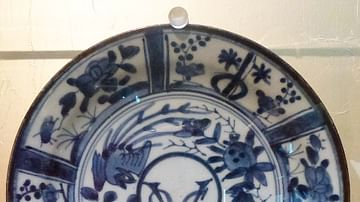
Article
The Dutch Discovery of Australia
17th-century Dutch East India Company (Vereenigde Oostindische Compagnie or VOC) navigators were the first Europeans to set foot on Australian soil. Although there is a strong theory that the Portuguese explorer, Cristóvão de Mendonça (1475-1532...

Interview
In the Forest - Exhibition Interview Schweizerisches Landesmuseum
The forest is a habitat for people, animals, and plants, a provider of invaluable resources, and an ally in the fight against climate change. The greatest beneficiary of the forest is humanity – but it is also its greatest threat. Over the...
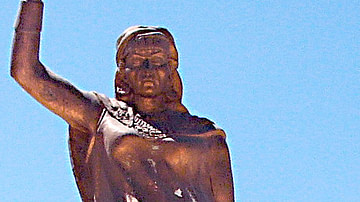
Definition
Kahina
Kahina (7th century CE) was a Berber (Imazighen) warrior-queen and seer who led her people against the Arab Invasion of North Africa in the 7th century CE. She is also known as al-Kahina, Dihya al-Kahina, Dahlia, Daya, and Dahia-al-Kahina...